Red Buckeye Tree (Aesculus Pavia) Profile
Written by Iris
Sep 06 2021
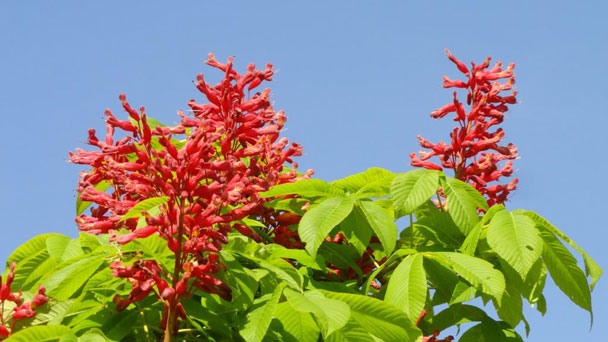
Red Buckeye Tree (Aesculus Pavia) is a medium-sized deciduous tree shrub of the conifer family. Red Buckeye Tree (Aesculus Pavia) can grow in its native habitat in the southeastern United States. Red Buckeye Tree (Aesculus Pavia) are widely distributed in the southern Gulf of Mexico from Virginia to Florida to Texas, growing along streams and as undergrowth trees in forests.
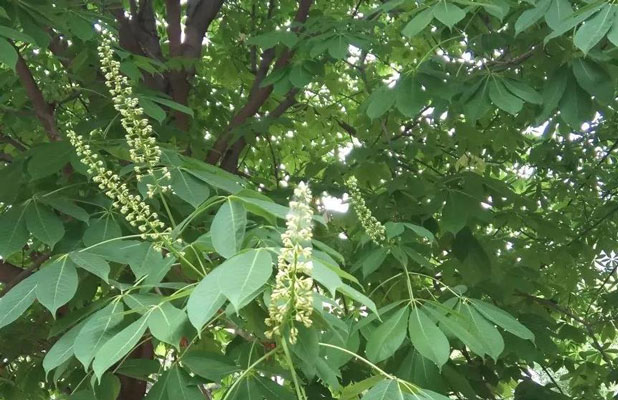
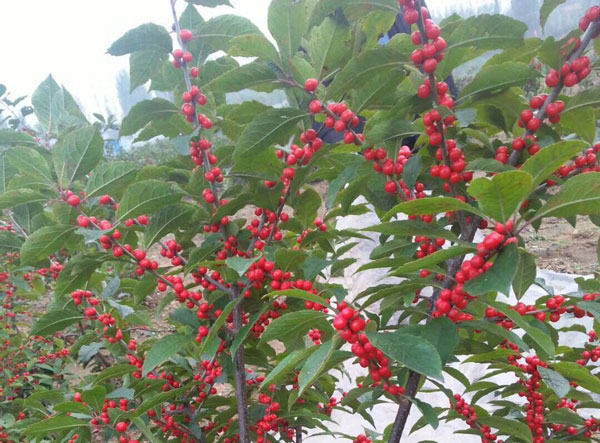
Clean potting mixes, such as those made with equal portions of perlite and peat moss, help prevent disease and provide good drainage for seedling development. After covering the seeds with the potting mixture, water the pot until the water runs out of the drain. The pot needs bright light until the seedlings appear. Keep the potting mixture moist.
Horse chestnut seeds usually germinate within 21 days after sowing, and the survival rate after transplanting is about 90%. Once the seedlings have several sets of true leaves, check to make sure they are not bound by the roots.
Temperature and Humidity
The red buckeye will bloom in in late spring. As a deciduous tree, it will lose its leaves seasonally.
Read more: How to grow and care for Red Buckeye trees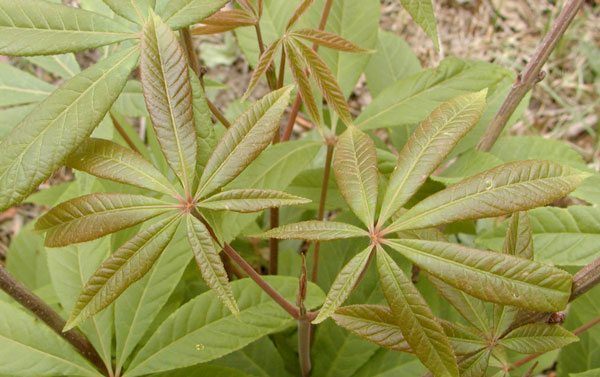
The tree is best used as a novelty patio tree or as part of a shrubbery border to add bright red color for several weeks in the spring and coarse texture during the rest of the year. Plant it in a medium- to largesized residential landscape as a very coarse accent. Extremely coarse in winter without leaves, Red Buckeye will attract attention with the bright brown or tan bark reflecting the rays of the sun. Lower branches can be removed to allow for clearance beneath the crown, but the tree looks its best planted in the open to allow branches to fully develop to the ground.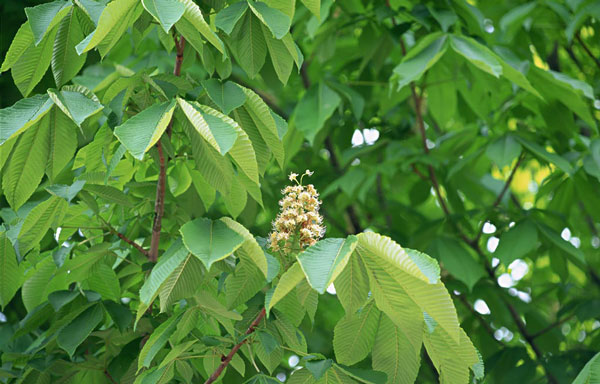
Don't worry too much about pests. Buckeyes are native trees and are virtually pest and disease free. However, they can be hit by a disease called leaf blotch. It doesn't kill the buckeye, but the leaves will look scorched and fall early.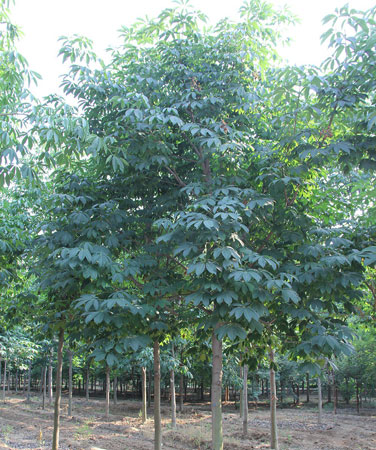
Red Buckeye Tree (Aesculus Pavia) PictureRed Buckeye Tree (Aesculus Pavia) infoEcological habits of the Red Buckeye Tree (Aesculus Pavia)Red Buckeye Tree (Aesculus Pavia) Distribution AreaHow to grow and care for Red Buckeye Tree (Aesculus Pavia)How to Grow Red Buckeye Tree (Aesculus Pavia)How to Care for Red Buckeye Tree (Aesculus Pavia)Uses of Red Buckeye Tree (Aesculus Pavia)Traditional UsesWildlife ValueLandscape Use Red Buckeye Tree (Aesculus Pavia) Common Pests/DiseasesRed Buckeye Tree (Aesculus Pavia) Companion Plants
Red Buckeye Tree (Aesculus Pavia) Picture

Red Buckeye Tree (Aesculus Pavia) info
| Botanical Name | Osteospermum spp. |
| Common Names | African daisy, blue-eyed daisy, Cape daisy |
| Plant Type | Perennial |
| Mature Size | 1–3 ft. tall, 1–2 ft. wide |
| Sun Exposure | Full |
| Soil Type | Moist, well-drained |
| Soil pH | Acidic |
| Bloom Time | Spring, summer, fall |
Ecological habits of the Red Buckeye Tree (Aesculus Pavia)
Red Buckeye Tree (Aesculus Pavia) Grows in an oval shape and blooms in April and May, with numerous red blossoms arranged in erect clusters (panicles) that are 4–8" long. Red buckeye tree (Aesculus Pavia) loses its leaves early, usually by late September. Red Buckeye Tree features lustrous dark green leaves made up of 5–7 leaftlets that droop handsomely. Its foliage unfurls earlier than most trees. Red Buckeye Tree yields fruit 1½–2" in diameter with a smooth or slightly pitted shell that encloses 1–3 dark brown seeds. Red Buckeye Tree can grow as a multi-trunked tree, a single trunked tree or a shrub, depending on pruning.
Red Buckeye Tree (Aesculus Pavia) Distribution Area
Red buckeye ranges from Virginia to Florida, through eastern Texas and north to Illinois. It grows under the shade of taller trees in rich woodland areas. In Kentucky, red buckeye occurs in mesic (moist) to wet woods in the western lowland region (Mississippi Embankment or Coastal Plain).How to grow and care for Red Buckeye Tree (Aesculus Pavia)
How to Grow Red Buckeye Tree (Aesculus Pavia)
- With Seeds
Clean potting mixes, such as those made with equal portions of perlite and peat moss, help prevent disease and provide good drainage for seedling development. After covering the seeds with the potting mixture, water the pot until the water runs out of the drain. The pot needs bright light until the seedlings appear. Keep the potting mixture moist.
Horse chestnut seeds usually germinate within 21 days after sowing, and the survival rate after transplanting is about 90%. Once the seedlings have several sets of true leaves, check to make sure they are not bound by the roots.
- With Cuttings
How to Care for Red Buckeye Tree (Aesculus Pavia)
- Light
- Soil
- Water
Temperature and Humidity
The red buckeye will bloom in in late spring. As a deciduous tree, it will lose its leaves seasonally.
- Fertilizer
- Pruning
Read more: How to grow and care for Red Buckeye trees
Uses of Red Buckeye Tree (Aesculus Pavia)

Traditional Uses
Native Americans crushed buckeye seeds and roots and cast them into streams and ponds to stun fish for easy catching and carried the seeds for good luck. Native American Cherokee used the ground seeds for a variety of medicines.Wildlife Value
magine flying up to 500 miles across the Gulf of Mexico when you only weigh as much as a penny. That's the challenge facing the ruby throated hummingbird as it migrates every spring and fall to and from its homes in North and Central America. The trip takes 18 to 24 hours, and the tiny bird does it nonstop. Growing a red buckeye tree, with its bell-shaped flowers that bloom just as the hummingbirds arrive back up north, is a great way to help them refuel.Landscape Use
The coarse, open structure and the light brown, flaky bark is quite attractive and offers great winter landscape interest. Branches arise from the typically straight trunk at a wide angle forming a durable structure. There are many, small-diameter branches with an occasional upright, aggressive one growing as large as the trunk. Main branches begin forming low on the trunk and remain there when grown in the full sun.The tree is best used as a novelty patio tree or as part of a shrubbery border to add bright red color for several weeks in the spring and coarse texture during the rest of the year. Plant it in a medium- to largesized residential landscape as a very coarse accent. Extremely coarse in winter without leaves, Red Buckeye will attract attention with the bright brown or tan bark reflecting the rays of the sun. Lower branches can be removed to allow for clearance beneath the crown, but the tree looks its best planted in the open to allow branches to fully develop to the ground.

Red Buckeye Tree (Aesculus Pavia) Common Pests/Diseases
Buckeye seeds are very attractive to squirrels. If you're planting buckeyes from seeds, plant two seeds for every tree you hope to grow.Don't worry too much about pests. Buckeyes are native trees and are virtually pest and disease free. However, they can be hit by a disease called leaf blotch. It doesn't kill the buckeye, but the leaves will look scorched and fall early.

Red Buckeye Tree (Aesculus Pavia) Companion Plants
If you are growing red buckeyes for wildlife habitat, The University of Georgia recommends growing the yellow form of coral honeysuckle called John Clayton or the yellow native azalea, Rhododendron austrinum, as a companion plant. Either is a wonderful combination for hummingbirds and bees.
Latest Updated
- Benefits of Bugleweed - 7 Science-backed Health Benefits
- Bugleweed Dangers & Side Effects - Is It Poisonous?
- How to Plant Evergreen Trees - What You Should Know
- When to Plant Evergreens - Grow Guide for Evergreen Trees
- 12 Wonderful Evergreen Shrubs for Your Garden
- 12 Popular Evergreen Plants with Pictures for Beginners
- When And How To Prune A Lilac Bush Like a Pro
- How to Grow & Care for Lilac Vine (Hardenbergia Violacea)
- Japanese Lilac Tree (Syringa Reticulata) Care & Propagation Guide
- Shumard Oak Pros and Cons - What to Know
Popular Articles
- Winter maintenance of Antirrhinum Majus
- How to Grow Terminalia Mantaly Tree
- How to Grow and Care for Crossostephium Chinense
- How to grow Antirrhinum Majus in spring
- Peristeria Elata (Dove Orchid) Profile: Info & Care Guide
- Underwatered Snake Plant (Sansevieria Trifasciata) - Signs And How To Fix
- How to Care for Brazilian Jasmine Plant (Mandevilla Sanderi)
- How to Grow & Care for Graptopetalum Purple Delight in Summer
- Rosa Chinensis (China Rose): Plant Growing & Care Tips
- How to Care for Baby Sun Rose (Aptenia Cordifolia)